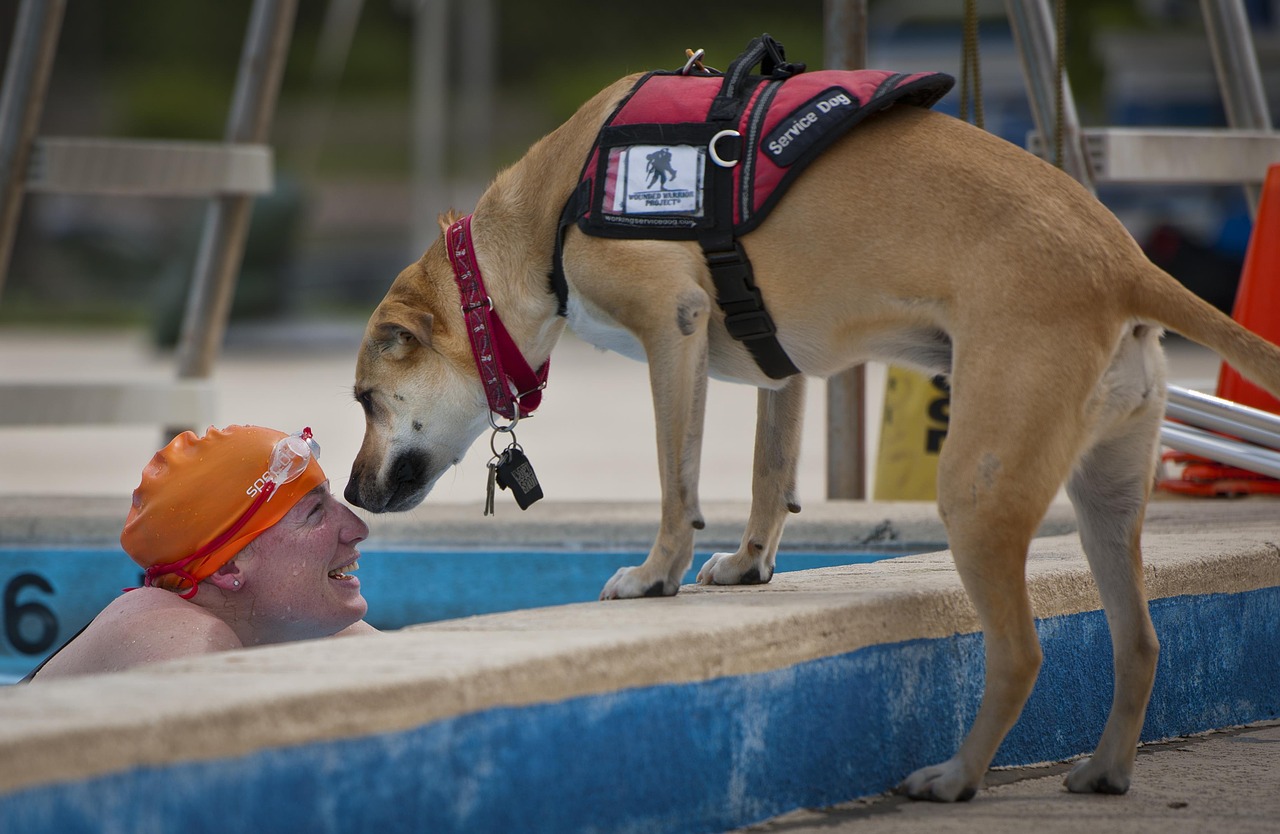Events
-
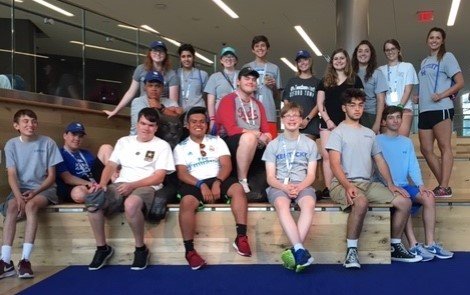
HDI Summer Leadership Experience Camp Registration Open Now
Over the years, Teresa Belluscio has had a lot of people ask her how to create an experience like HDI’s Summer Leadership Experience Camp. Many have taken inspiration from it, […]
-

Episode 4 of The State of HDI Podcast explores Alternate Augmentative Communication (AAC)
Jacqui Kearns is in the studio to discuss what communication and AAC – alternate and augmentative communication are – and how she collaborates to ensure all students in school can […]
-

Episode 3 of The State of HDI Podcast explores “Plain Language”
Join Patti Singleton, Division Director for Professional Learning, as she discusses plain language with HDI staff, Bev Harp and Morgan Turner. Learn what Plain Language is, why it is important, […]
-

Fall Seminar: Disability and the Arts in Health and Wellness
“A celebratory resistance, highlighting the parts of us that society typically shuns, Rebirth Garments challenges mainstream beauty standards through centering queer and disabled people of all sizes, ethnicities and ages.” […]
-
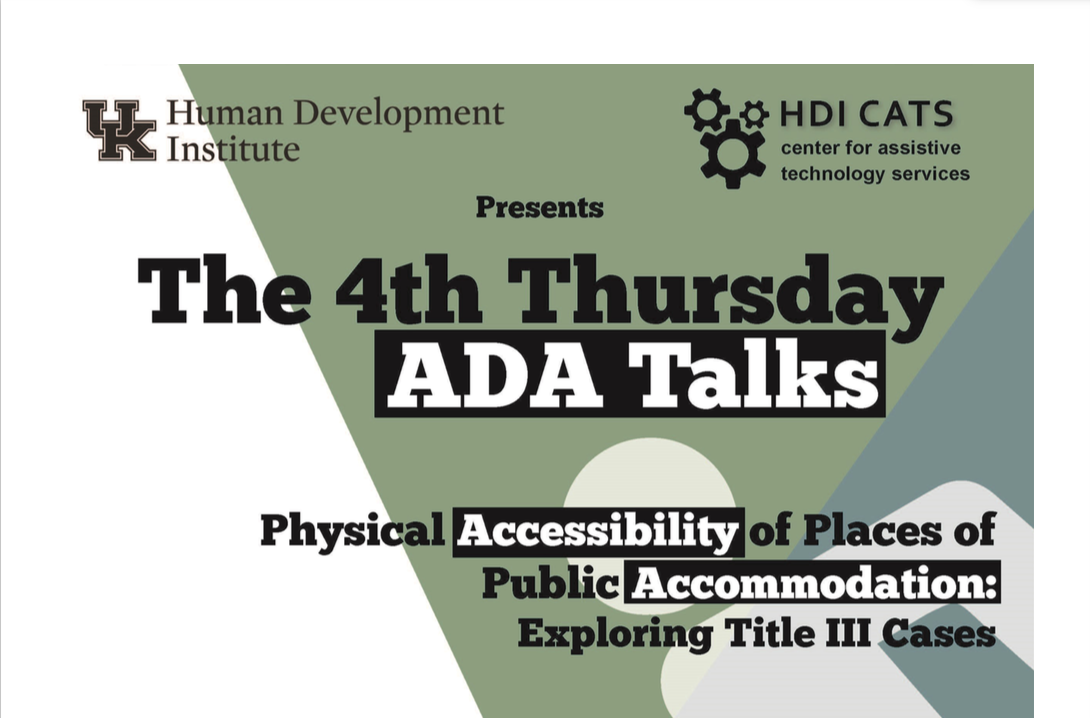
4th Thursday ADA Talks
HDI and HDI CATS host an ADA Training series held on the fourth Thursday of each month covering different topics surrounding the Americans with Disabilities Act featuring Jason Jones as […]
-

4th Thursday ADA Talks
HDI and HDI CATS host an ADA Training series held on the fourth Thursday of each month covering different topics surrounding the Americans with Disabilities Act featuring Jason Jones as […]
-
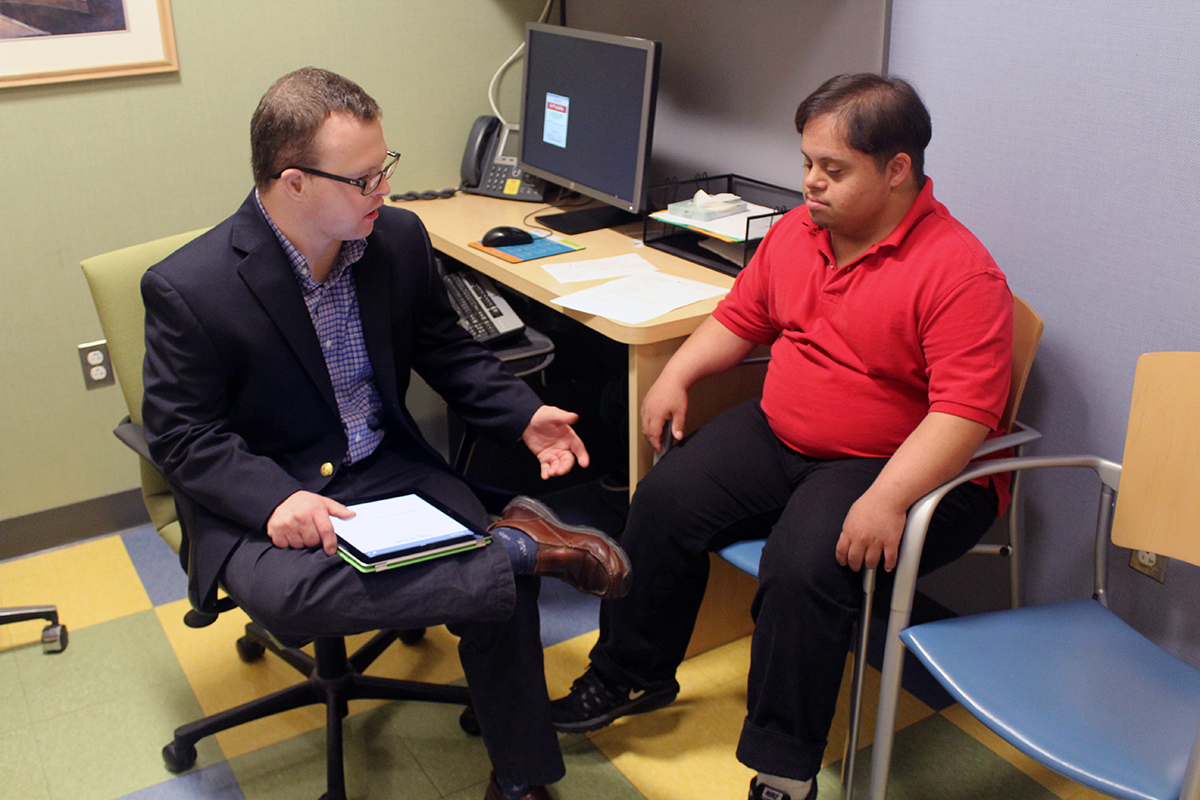
2019 Spring Institute in Assistive Technology on March 28
On March 28, HDI CATs hosted a the FREE 2019 Spring Institute in Assistive Technology conference at the UK Student Center. The event featured sessions by experts in assistive technology, […]
-
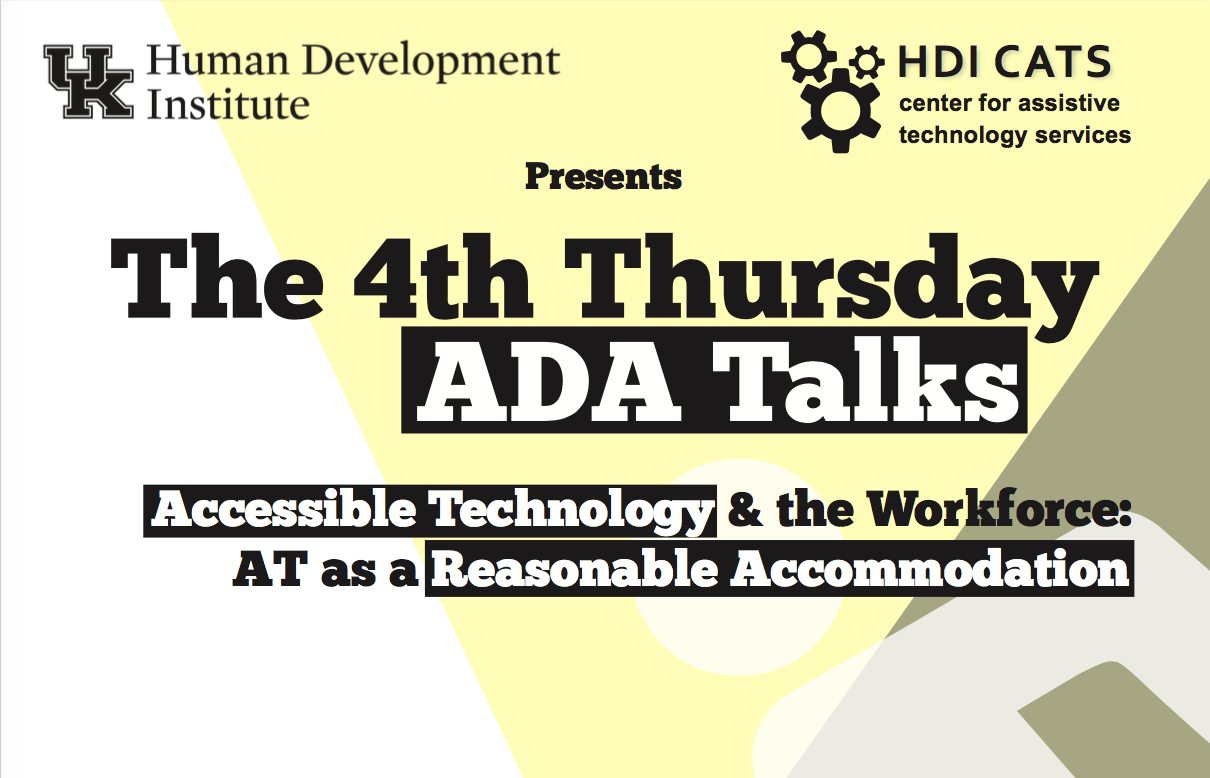
The 4th Thursday ADA Talks: January
HDI and HDI CATS host an ADA Training series to be held on the fourth Thursday of each month covering different topics surrounding the Americans with Disabilities Act. The next […]
-
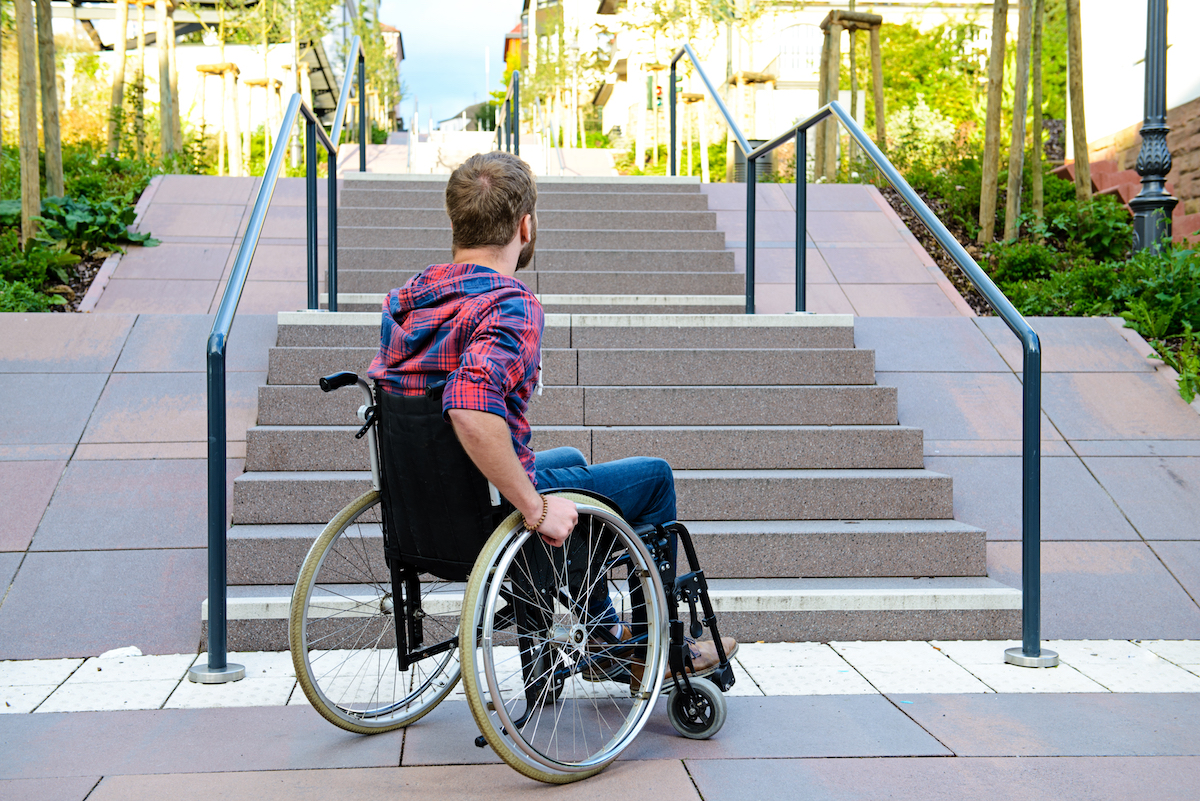
Spring Seminar: Universal Design for Learning—Designing Classrooms for All Learners
“Universal Design for Learning (UDL) suggests that it’s not the students who need to adapt to fit the system, but rather that the system should be designed so that it […]
